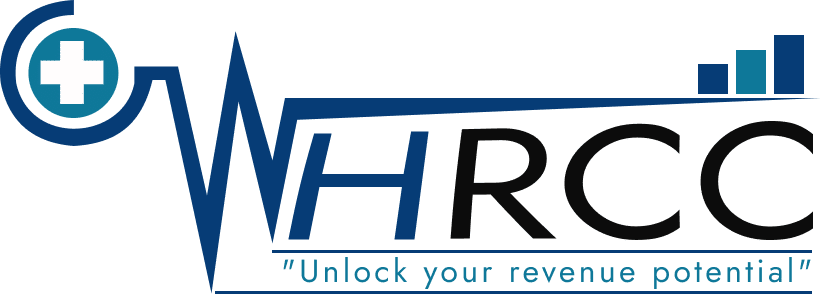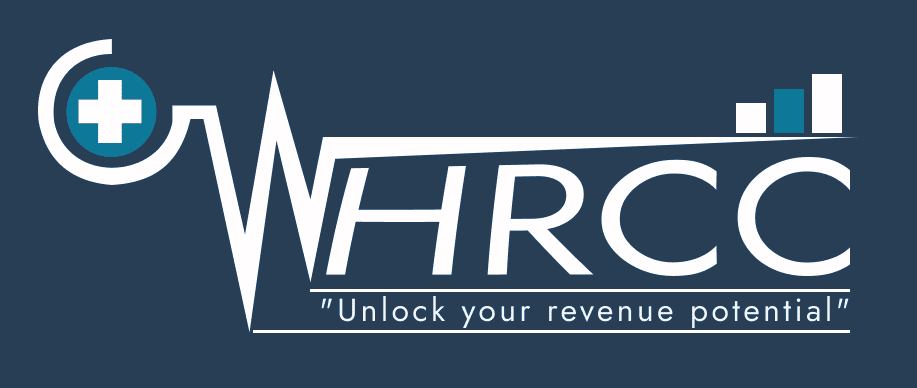Introduction:
In recent years, the healthcare industry has witnessed a significant shift from traditional fee-for-service models to value-based reimbursement. This transition emphasizes quality of care and patient outcomes over volume of services rendered. As value-based reimbursement gains momentum, healthcare organizations must adapt their revenue cycle management (RCM) practices to align with this changing payment landscape. In this article, we explore the emergence of value-based reimbursement and discuss strategies for successfully navigating this new era of RCM.
-
Understanding Value-Based Reimbursement:
Value-based reimbursement models incentivize healthcare providers based on the quality and effectiveness of care delivered, rather than the quantity of services provided. These models aim to improve patient outcomes, reduce costs, and promote efficient healthcare delivery. Value-based reimbursement introduces payment methodologies such as bundled payments, accountable care organizations (ACOs), and pay-for-performance programs, where reimbursement is tied to specific quality metrics and performance indicators.
-
Shifting from Volume to Value in RCM:
Adapting to value-based reimbursement requires healthcare organizations to shift their focus from a volume-centric RCM approach to one that prioritizes value and outcomes. RCM teams need to analyze and optimize processes, workflows, and systems to align with the new payment methodologies. This includes implementing robust data collection and reporting mechanisms to track quality metrics, patient outcomes, and cost efficiency. Organizations must also ensure accurate and timely documentation, coding, and billing practices to support reimbursement tied to specific quality measures.
-
Enhancing Care Coordination and Collaboration:
Value-based reimbursement places a greater emphasis on care coordination and collaboration across the healthcare continuum. RCM teams must work closely with clinical staff, case managers, and care coordinators to ensure seamless transitions of care, effective communication, and shared accountability for patient outcomes. This collaborative approach not only supports improved patient care but also enhances the accuracy of documentation and coding, leading to appropriate reimbursement and fewer claim denials.
-
Leveraging Technology and Analytics:
The successful implementation of value-based reimbursement in RCM requires leveraging technology and analytics capabilities. Healthcare organizations should invest in advanced RCM systems that can capture, analyze, and report on the required quality metrics and performance indicators. Predictive analytics can help identify at-risk populations, forecast patient outcomes, and optimize resource allocation. Furthermore, automation of RCM processes, such as claims submission and denial management, can improve efficiency and reduce administrative burdens.
-
Aligning Incentives and Performance Metrics:
To thrive in a value-based reimbursement environment, healthcare organizations must align incentives and performance metrics across their provider networks. Collaborative partnerships with payers, other healthcare organizations, and community resources can facilitate shared savings arrangements and value-based contracts. Aligning financial incentives encourages collaboration, care coordination, and shared accountability for patient outcomes, ultimately driving better financial performance. -
Continuous Quality Improvement:
Value-based reimbursement is an ongoing journey of continuous quality improvement. Healthcare organizations must continually assess and improve their RCM practices to meet evolving quality standards and performance metrics. Regular data analysis, performance monitoring, and feedback loops are essential for identifying areas of improvement, implementing corrective actions, and achieving better financial and clinical outcomes.
Conclusion:
The emergence of value-based reimbursement is transforming the healthcare payment landscape, placing a greater focus on quality of care and patient outcomes. Healthcare organizations must adapt their revenue cycle management practices to align with these changing reimbursement models. By understanding the principles of value-based reimbursement, enhancing care coordination, leveraging technology and analytics, aligning incentives, and embracing continuous quality improvement, healthcare organizations can navigate this new era of RCM successfully. Adapting to value-based reimbursement not only ensures financial viability but also promotes improved patient care, cost efficiency, and long-term sustainability in the evolving healthcare industry.







